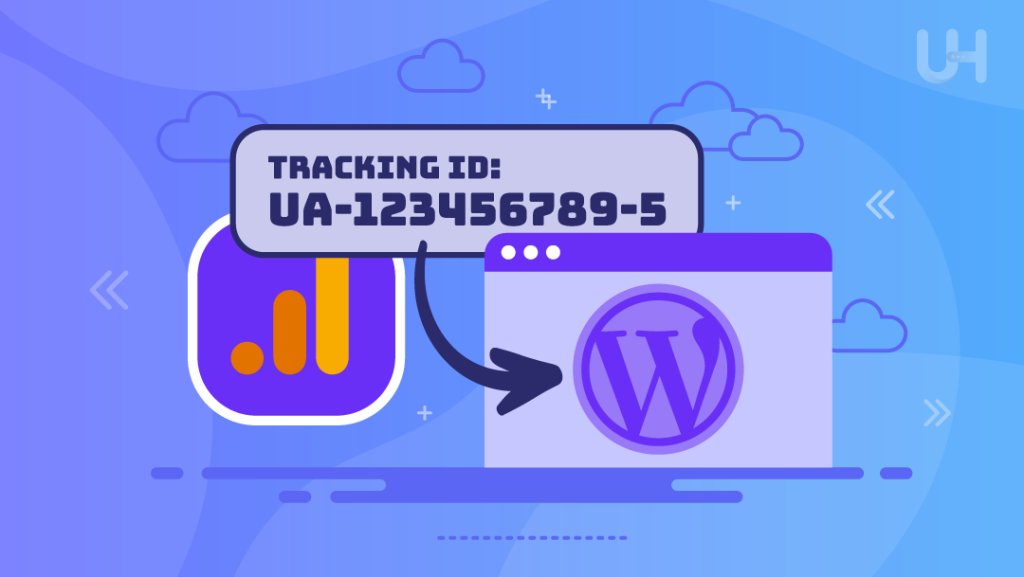For anyone diving deep into website or app analytics, leveraging tools to make work more efficient and effective is crucial. One such tool is Google Tag Manager. In this article, I’ll show you how to include it in your strategy with success.
What Is Google Tag Manager?
Google Tag Manager (GTM) is a free tool designed to streamline the process of tagging and collecting analytical data on websites. A prerequisite for using it is having a Google account, you don’t have to use any specific hosting solutions. You can use either one, whichever you prefer: shared hosting, VPS hosting, or dedicated server.
GTM doesn’t work standalone. It needs some analytical software, e.g., Google Analytics. It transmits events or information that Google Analytics doesn’t track. The beauty is that Google Tag Manager offers many powerful and user-friendly features, and it’s entirely free!
Google Tag Manager is an excellent and useful tool for gathering analytical data, putting everything you need at your fingertips, and storing it in one place.
Normally, tracking conversions requires adding code snippets or Google Analytics code to a website by a developer , but with GTM, you save that time and can implement them yourself. Typically, when there’s a requirement to modify code, the developer must incorporate it into the page template files. If you use this tool, you won’t have to go through that long and frustrating process.
Google Tag Manager consists of tags, triggers, and variables. A tag is a piece of code used to send data to Google Analytics or other third-party site tools where you’re tracking data. A trigger signals that data needs to be collected. Variables help gather more precise data by refining the actions of tags and triggers.
Tag Manager eliminates the need to insert each code separately into your page files, simplifying the configuration process.
Why Use It?
There are several significant advantages of using Google Tag Manager. Firstly, the tool is entirely free. Another advantage is that it significantly reduces the need to collaborate with external developers. It can also work seamlessly with Google Analytics, making it easier to collect data that GA doesn’t track by default and making your competitor analysis easier.

In a nutshell, with GTM, you can track videos, submitted forms, and much more! So, you can monitor almost everything users do on your website. By using a container in Google Tag Manager, you can:
- Configure data and send it to Google Analytics, Yandex Metrica, and other analytical systems.
- Place various remarketing tags on your website, such as Google Ads tracking tags.
- Insert custom HTML scripts into your site to display banners and conduct various tests, including A/B tests.
- Quickly edit tags.
Professional Hosting For Your Business
If you are looking for professional analytical solutions, aiming to track your customers’ activities and make informed business decisions, ensure to choose business-oriented hosting. You will find it in UltaHost’s offer.
What Are Containers?
A container is the content within a Google Tag Manager account that you’ll be working on. While you can use one container across multiple pages, it’s generally not recommended. Doing this might add a bit of complexity to your tasks, and you might face challenges in locating tags, variables, and rules spread across various pages.
Use one container for one page to avoid errors and ensure smoother work. This practice will also assist anyone taking over your work. You can have multiple containers within one account. For example, if a specific page has several subdomains, you can create a separate container for each subdomain or web hosting account.
Remember to verify changes made in the container in preview mode before publishing them by clicking the blue “Submit” button at the top right.
A tag is a line of code that can send information to another company’s tool, retrieve data from the page, or modify something on it. Tags can detect how users interact with features on your website.

What Are Triggers?
Triggers, also known as rules, are another essential component of Google Tag Manager. Triggers detect actions taking place on your site. When an event you want to track occurs on the page, a tag specified by you will be triggered based on that trigger.
There are many different triggers that webmasters can use to gather information. Triggers work when a user clicks buttons on the site, views a specific page, scrolls down to get more information, or downloads something from your storage VPS. It can also involve submitting forms or making purchases.
These are just a few examples, but there are many more different triggers you can apply in Google Tag Manager.
What Are Variables?
In the realm of Google Tag Manager, variables come into play when it checks whether a rule condition has been met. Variables are another crucial element in using the tool. They can also communicate precise information. You can define your variables or use built-in variables. For instance, if you want to track clicks on a specific URL, you would use the “Click Url” variable.
Some variables can encompass scroll depth, the number of purchases, or the time spent on a specific subpage on your website. These variables can aid in tracking critical and relevant information with GA and GTM needed for marketing or usability purposes.
Variables are used both with triggers and tags to help you obtain the most detailed information.
What Is the Data Layer?
The Data Layer is one of the crucial concepts in the world of Google Tag Manager, providing maximum flexibility, portability, and implementation ease. Remember that GTM works best when deployed in conjunction with the Data Layer.
From a technical standpoint, the Google Tag Manager Data Layer is a JavaScript array that temporarily stores necessary information. Google Tag Manager then utilizes this data in tags, triggers, and variables. Later, you can send this data to other tools, such as Google Analytics.
How Does Google Tag Manager Differ from Google Analytics?
Beginner users of both these tools often seek out differences between them, but it’s crucial not to view them in such a binary way. Each serves a different purpose, and you could say they complement each other.
In Google Tag Manager (GTM), you read data from the website and then send that information to Google Analytics (GA) for analysis. In GTM, one of the fundamental things you send to GA is events. GTM also allows you to set custom dimensions, fields, and more advanced information. Therefore, when configuring detailed analytics tracking in GA, it’s often best to do it with Google Tag Manager.
Why Is Analytics Important?
You might be wondering why using various analytical tools is essential. Regardless of the type of business you run, analytics provides crucial information that can help improve your website and achieve success in your business.
Collecting and understanding data about the performance of your website is crucial to enhancing your business. Analytics can also help business owners figure out which features of the website work and which ones don’t for the visitors.
Improving conversion rates, website performance, and usability can aid in acquiring new customers and increasing their satisfaction, which, in turn, translates into generated profits.
Now that you’ve learned some basic information about Google Tag Manager and how it works, you can answer whether it’s the right tool for you. Using the tag manager is straightforward, even if you don’t have extensive coding experience. Anyone can benefit from it.
If you enjoyed this article, then you’ll love UltaHost Linux VPS hosting platform. Get 24/7 support from our support team. Our powered infrastructure focuses on auto-scaling, performance, and security. Let us show you the difference! Check out our plans!
While Google Analytics focuses on analyzing data from websites, Google Tag Manager streamlines the tagging process and facilitates the collection of data that GA doesn’t track by default. GTM and GA often work together to provide comprehensive analytics.
Google Tag Manager consists of tags, triggers, and variables. Tags are used to send data to analytics tools, triggers detect actions on your site, and variables refine data collection for more precise analytics.
Google Tag Manager is a free tool designed to simplify the process of tagging and collecting analytical data on websites. It requires a Google account and is compatible with various hosting solutions, including shared hosting, VPS hosting, and dedicated servers.
There are several advantages to using GTM, including its cost-free nature and reduced reliance on external developers. It seamlessly integrates with Google Analytics and helps collect data that GA might miss, such as interactions with multimedia, forms, and other website elements.











